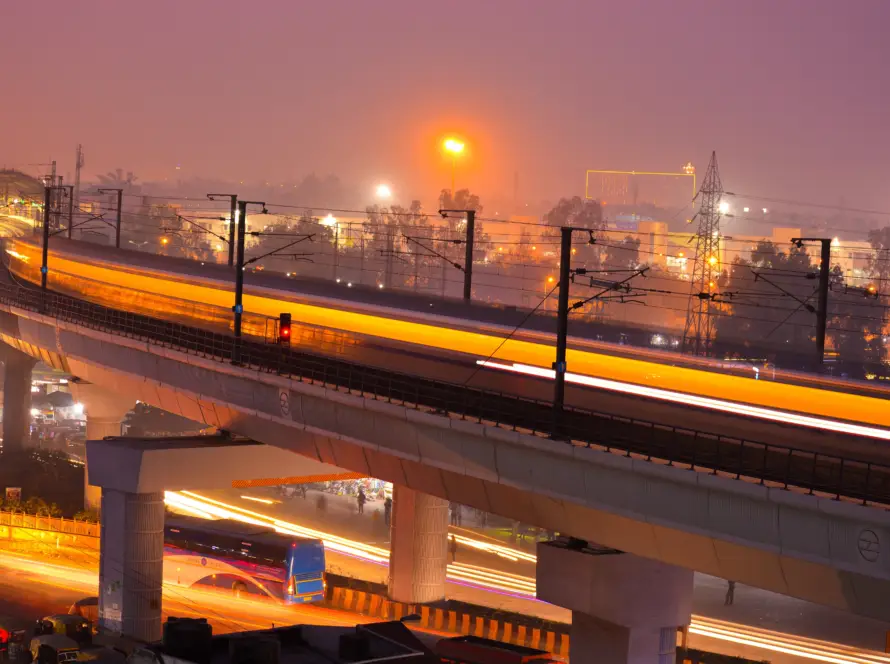Generated by Contentify AI
- Introduction
- The Significance of Traditional Indian Weddings
- Pre-Wedding Rituals and Ceremonies
- The Wedding Ceremony: Traditions and Customs
- Post-Wedding Customs and Celebrations
- Modern Influences on Indian Wedding Customs
- Conclusion
Key Takeaways
- Importance of rituals and traditions in Indian weddings
- Significance of pre-wedding ceremonies like Haldi and Mehendi
- The role of family and community in Indian wedding celebrations
Introduction
Traditional Indian wedding customs are deeply rooted in cultural and religious traditions that have been passed down through generations. These customs and rituals play a significant role in uniting families and communities, and they are a reflection of India’s rich and diverse heritage. From pre-wedding ceremonies to the post-wedding celebrations, each tradition holds its own unique symbolic meaning, making Indian weddings truly special and memorable occasions.
The Significance of Traditional Indian Weddings
From ancient times, traditional Indian weddings have held immense significance, serving as more than just a union between two individuals. These customs are deeply rooted in cultural and religious traditions, signifying the coming together of families and communities. The various rituals and ceremonies associated with Indian weddings are not just symbolic gestures; they hold profound meanings, emphasizing the values of love, commitment, and unity. These customs create a sense of continuity and connection to the rich heritage of India, making them an integral part of the country’s social fabric.
Pre-Wedding Rituals and Ceremonies
In the lead-up to a traditional Indian wedding, numerous pre-wedding rituals and ceremonies take place, each with its own significance and symbolism. These rituals often begin days or even weeks before the wedding day and are deeply rooted in cultural and religious traditions. Examples of these pre-wedding customs include the Haldi ceremony, where turmeric paste is applied to the bride and groom to cleanse and purify them, and the Mehendi ceremony, where intricate henna designs are applied to the bride’s hands and feet as a symbol of beauty, spiritual awakening, and offering. Another important pre-wedding tradition is the Sangeet, a lively celebration filled with music, dance, and joyful gatherings of both the bride’s and groom’s families. These pre-wedding rituals not only add to the festive atmosphere but also serve to strengthen familial bonds and prepare the couple for the sacred union ahead.
The Wedding Ceremony: Traditions and Customs
The wedding ceremony in traditional Indian culture is a vibrant tapestry of customs and traditions, each carrying profound significance. One of the most iconic customs is the exchange of garlands between the bride and groom, known as the “Var Mala” ceremony, symbolizing their acceptance and respect for each other. The “Saptapadi,” or the seven steps taken together, is another pivotal ritual, representing the couple’s journey through life’s highs and lows. The sacred fire, or “Agni,” holds a central role, witnessing the couple’s vows and offerings. These customs, deeply rooted in symbolism and spirituality, make traditional Indian wedding ceremonies a rich and meaningful experience.
Post-Wedding Customs and Celebrations
After the wedding ceremony, traditional Indian weddings continue with a series of post-wedding customs and celebrations. One significant tradition is the “Vidaai,” where the bride bids a tearful farewell to her family as she leaves to start her new life with her husband. This emotional ritual symbolizes the bride’s transition from her maternal home to her husband’s household. The “Reception,” another essential post-wedding celebration, is a grand event where the newlywed couple is warmly welcomed and blessed by friends and family. It is a joyous occasion filled with music, dance, elaborate feasts, and heartfelt congratulations, marking the beginning of the couple’s married life. These post-wedding customs and celebrations are a testament to the richness and depth of Indian cultural traditions, emphasizing the importance of family, love, and togetherness.
Modern Influences on Indian Wedding Customs
Modern Influences on Indian Wedding Customs
In recent years, traditional Indian wedding customs have undergone notable transformations influenced by modernization and globalization. While the core rituals and ceremonies remain steadfast, there has been a discernible shift in certain aspects of Indian weddings. For instance, contemporary couples are incorporating elements of personalization into their ceremonies, such as themed decorations, unique wedding attire, and innovative venue choices. Additionally, the role of technology has become increasingly prevalent, with couples utilizing social media to share their wedding journey and using digital platforms for wedding planning and invitations. Furthermore, there has been a growing trend towards eco-friendly weddings, with an emphasis on sustainability and minimal environmental impact. These modern influences are reshaping traditional Indian weddings, adding a contemporary flair while retaining the essence of cultural and familial significance.
Conclusion
Traditional Indian wedding customs have stood the test of time, encapsulating the essence of cultural and religious values that are deeply ingrained in the fabric of Indian society. These customs are not just rituals but a reflection of the rich heritage and traditions that have been passed down through generations. The significance of these customs lies in their ability to unite families and communities, fostering a sense of togetherness and shared values. From the pre-wedding rituals to the post-wedding celebrations, each custom holds its own unique symbolic meaning, contributing to the richness and depth of Indian weddings. While modern influences have brought about certain changes, the core essence of these customs remains integral to the sanctity and beauty of traditional Indian weddings.


